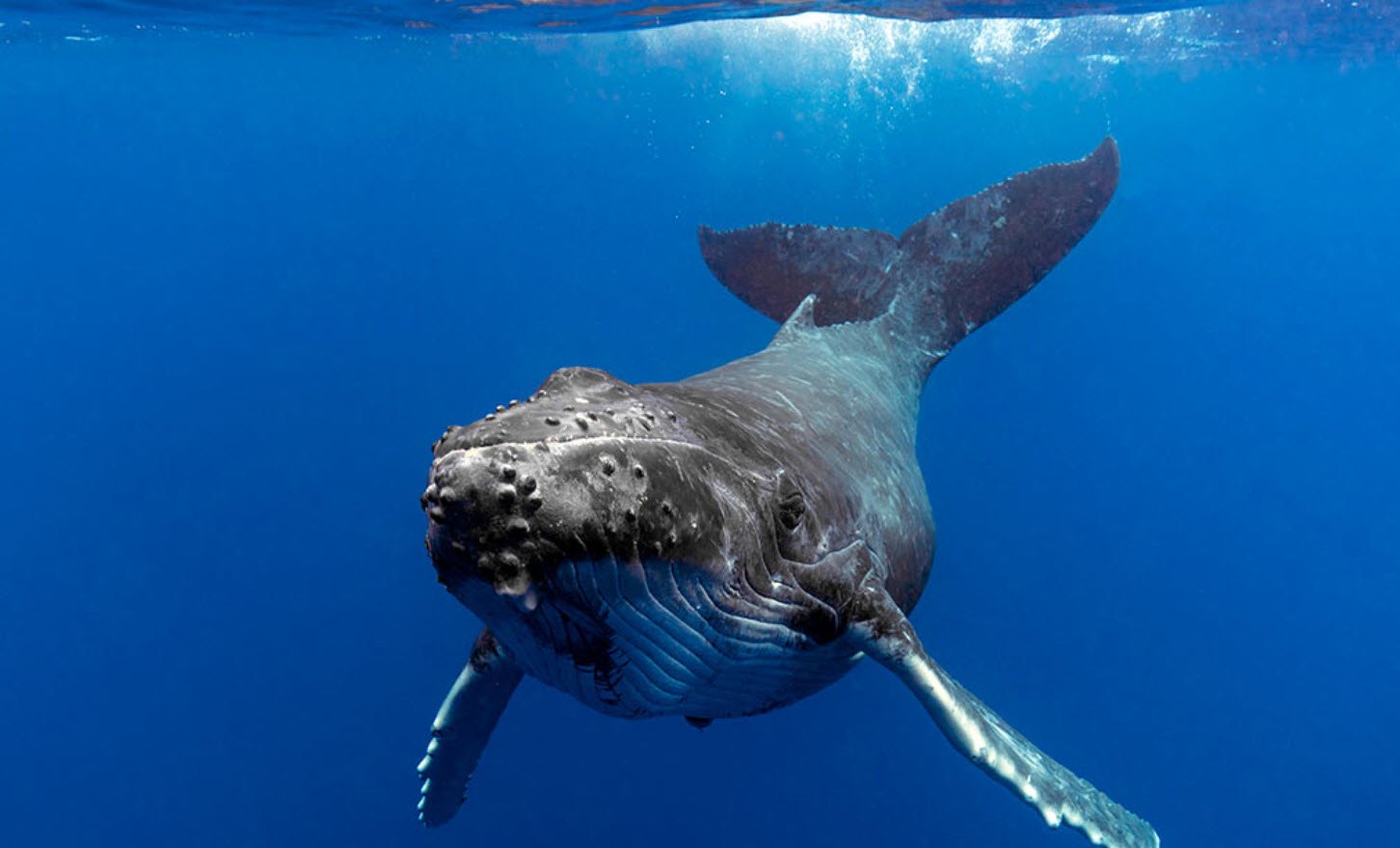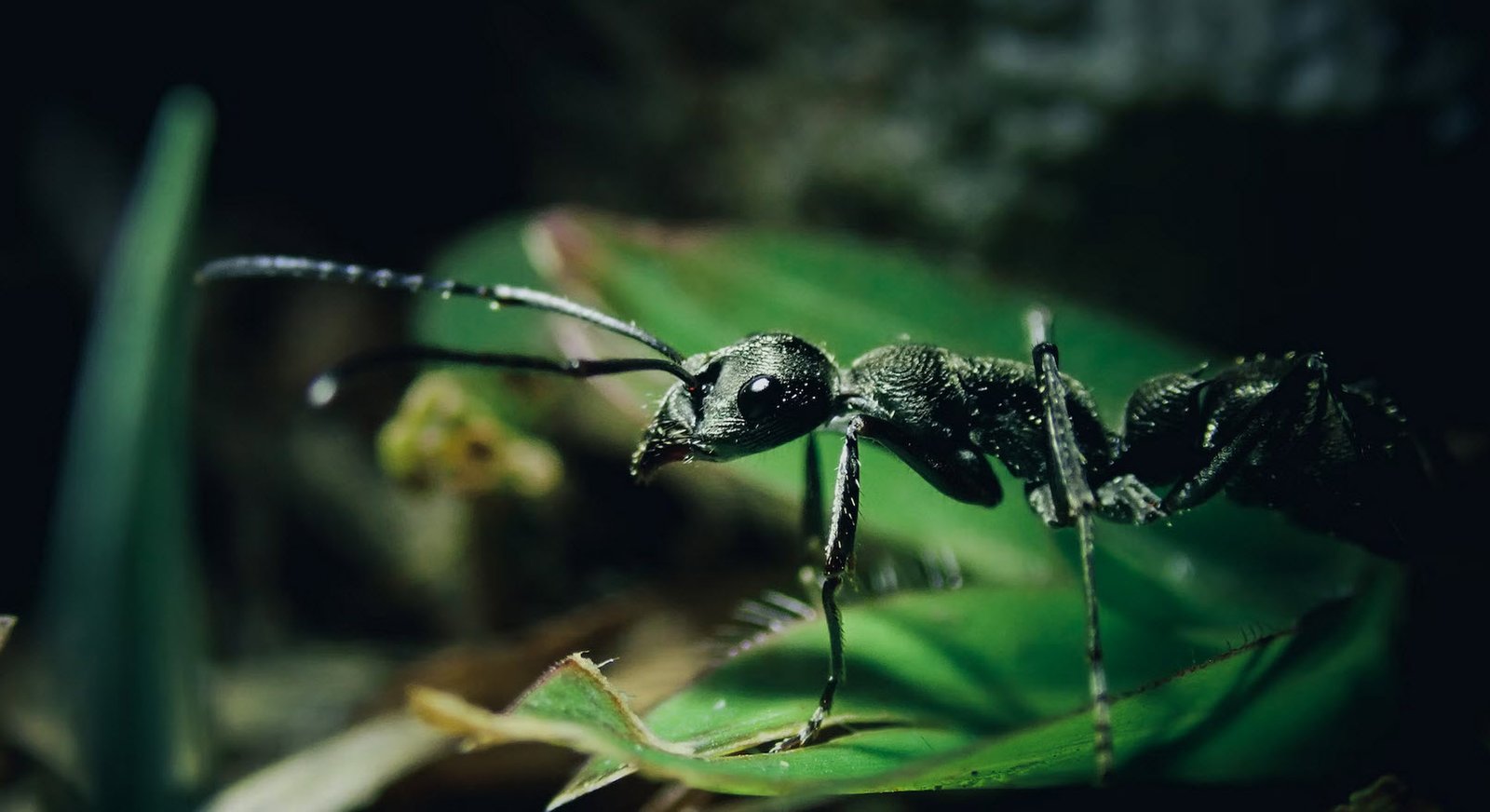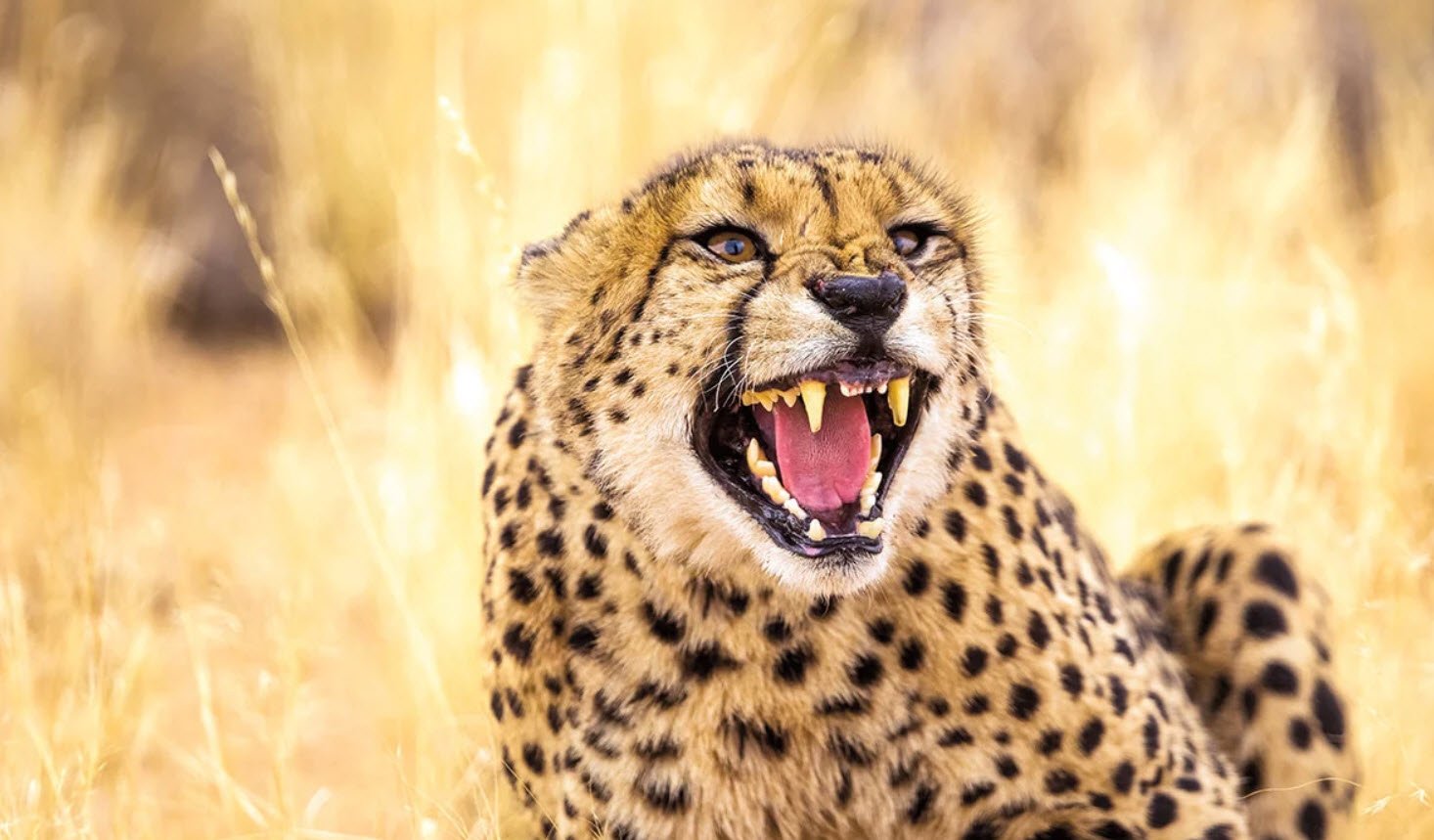
The Earth’s oceans are teeming with life, hosting an astonishing array of aquatic animals. From the mysterious depths of the abyss to the sunlit shallows, each habitat within the ocean supports a unique and diverse set of marine creatures.
In this article, we will explore into the fascinating world of aquatic animals, exploring their characteristics, habitats, and the vital roles they play in the marine ecosystem.
- Squid
- Seal
- Octopus
- Turtle
- Cuttlefish
- Starfish
- Clownfish
- Snail
- Jellyfish
- Angelfish
- Slug
- Clam
- Scallop
- Angler Fish
- Shrimp
- Crab
- Lobster
- Catfish
- Seahorse
- Prawn
- Barnacle
- Tuna
- Crayfish
- Whale
- Eel
- Dolphin
- Codfish
- Sea Lion
- Walrus
- Oyster
- Shark
- Crocodile
- Stingray
- Coral
- Alligator
1. Squid
Squids are fascinating cephalopods known for their distinctive bodies, equipped with long tentacles and a mantle. They are highly intelligent and agile, possessing the ability to change color and even produce bioluminescent displays. Squids primarily inhabit deep-sea environments, utilizing their jet propulsion for swift movement and eluding predators.
2. Seal
Seals are semi-aquatic marine mammals belonging to the pinniped group. They have streamlined bodies, enabling efficient movement both in water and on land. These charismatic creatures are known for their playful behavior, social interactions, and remarkable diving abilities. Seals are distributed across various regions, from the Arctic to the Antarctic, and play a crucial role in marine ecosystems.
3. Octopus
Octopuses are another fascinating cephalopod species characterized by their bulbous heads, large eyes, and flexible arms. They are highly intelligent and exhibit complex behaviors, including problem-solving and mimicry. Octopuses are skilled hunters, employing their arms and beak to catch prey. Their unique abilities make them a subject of intrigue and study in the field of marine biology.
4. Turtle
Turtles, both marine and freshwater, are iconic aquatic reptiles known for their distinctive shells. They have been in existence for millions of years and possess a remarkable ability to navigate vast ocean expanses during their migratory journeys. Turtles are vital for maintaining the health of coral reefs and seagrass beds, and they are unfortunately endangered due to various anthropogenic threats.

5. Cuttlefish
Cuttlefish are close relatives of squids and octopuses, known for their calcified internal shells called cuttlebones. They are highly intelligent and are masters of camouflage, often blending seamlessly with their surroundings. Cuttlefish have impressive visual communication skills and use their chromatophores to convey emotions and messages to other individuals.
6. Starfish
Starfish, also known as sea stars, are unique marine invertebrates characterized by their radial symmetry and multiple arms. They play a crucial role in marine ecosystems, regulating prey populations and supporting coral reef health. Despite their name, starfish are not true fish but are fascinating creatures nonetheless.
7. Clownfish
Clownfish are small, brightly colored fish known for their symbiotic relationship with sea anemones. They seek protection within the anemones’ stinging tentacles and, in return, provide food and protection for the anemones. This mutually beneficial relationship showcases the intricacies of marine symbiosis.
8. Snail
Marine snails are diverse and inhabit various oceanic environments. They come in a wide range of shapes and sizes, exhibiting fascinating adaptations such as spiral shells that aid buoyancy and protection. Snails contribute to the ecosystem by participating in nutrient cycling and serving as a food source for predators.

9. Jellyfish
Jellyfish, though often perceived as simple creatures, are remarkable in their own right. They are gelatinous and come in diverse shapes and sizes. While some are harmless, others can deliver painful stings. Jellyfish play a vital role in marine ecosystems, acting as both predators and prey and contributing to the balance of marine life.
10. Angelfish
Angelfish are brightly colored, ornamental fish known for their striking appearance and graceful movements. They are often found in coral reefs, feeding on a diet primarily consisting of algae and small invertebrates. Angelfish are a favorite among aquarium enthusiasts due to their vibrant colors and peaceful demeanor.
11. Slug
Sea slugs, or nudibranchs, are soft-bodied marine gastropods known for their vibrant colors and intricate patterns. They are often found in shallow waters and play a role in controlling marine pest populations, such as sponges and hydroids. Their unique appearance and behaviors make them a subject of fascination for divers and researchers alike.
12. Clam
Clams are bivalve mollusks with hinged shells that protect their soft bodies. They are filter feeders, extracting plankton and organic particles from the water. Clams are not only a vital part of the marine food chain but also contribute to sediment stability and water quality.

13. Scallop
Scallops are bivalve mollusks characterized by their fan-shaped shells and highly developed adductor muscles, which allow them to swim by rapidly clapping their shells. They are often found in shallow coastal waters and are an important seafood delicacy.
14. Angler Fish
Anglerfish are deep-sea predators known for their bioluminescent lure attached to their heads, which they use to attract prey in the dark depths. They possess an eerie appearance and are a testament to the adaptability and diversity of marine life.
15. Shrimp
Shrimps are crustaceans with elongated bodies and specialized appendages. They are crucial components of marine food webs, serving as both predators and prey. Shrimps are highly diverse and occupy a variety of marine habitats, from coral reefs to deep-sea trenches.
16. Crab
Crabs are iconic crustaceans with a tough exoskeleton and distinctive pincers. They are highly adaptable and are found in various marine environments, from sandy beaches to rocky shores. Crabs are important for the ecosystem as they help control population levels of smaller organisms and aid in nutrient cycling.

17. Lobster
Lobsters are large marine crustaceans with a hard exoskeleton and a pair of large claws. They are prized seafood and are a significant industry in many coastal regions. Lobsters are known for their strong senses and complex behaviors, making them an intriguing subject for marine studies.
18. Catfish
Catfish are a diverse group of freshwater and saltwater fish known for their distinctive barbels, which resemble cat whiskers. They play a vital role in aquatic ecosystems by scavenging and controlling populations of aquatic organisms.
19. Seahorse
Seahorses are unique marine fish known for their horse-like appearance and upright posture. They have a prehensile tail, which they use to anchor themselves to objects in their habitats. Seahorses are unfortunately threatened by habitat loss and illegal trade, making conservation efforts crucial.
20. Prawn
Prawns are similar to shrimps but typically larger. They are important for both ecological and economic reasons, forming a significant part of the marine food chain and being a popular seafood choice worldwide.
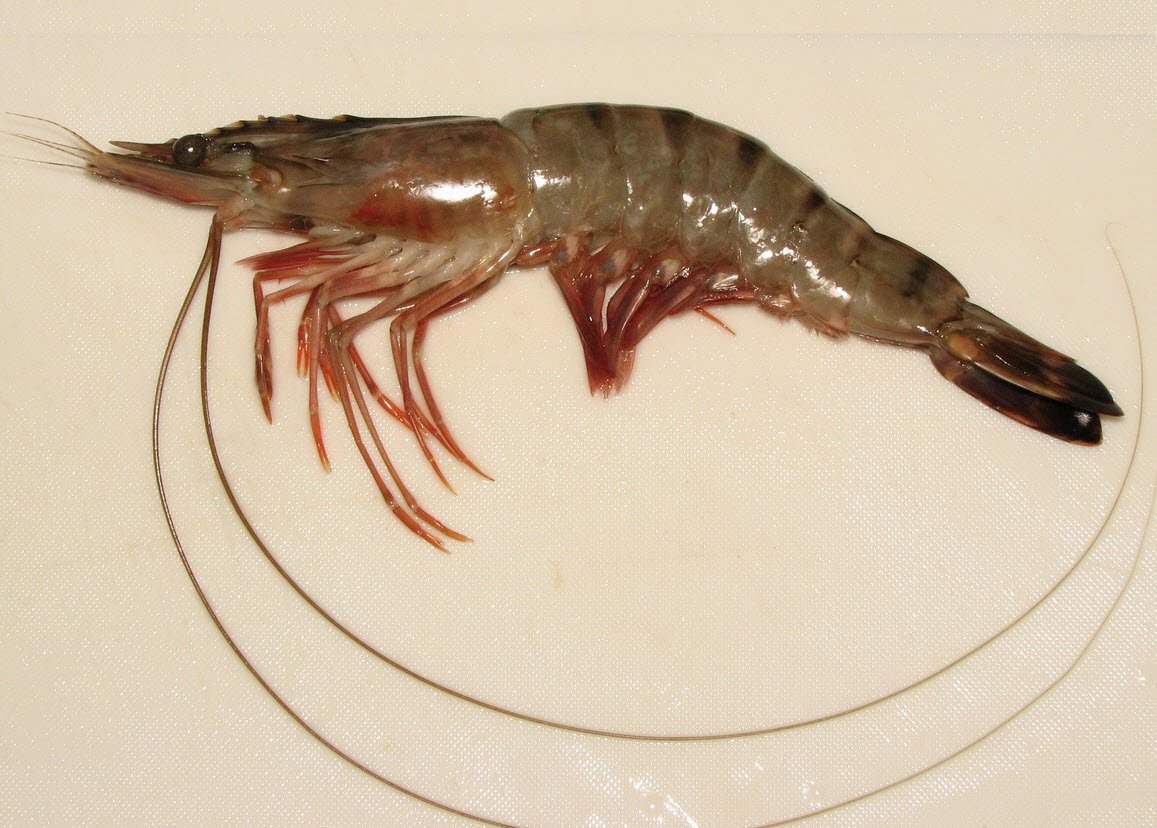
21. Barnacle
Barnacles are small crustaceans that attach themselves to various surfaces in the ocean, such as rocks, ship hulls, and other marine animals. They play a role in the ecosystem by filtering and feeding on plankton.
22. Tuna
Tuna are large, fast-swimming fish that are highly prized in the fishing industry. They are known for their powerful swimming ability and are a crucial part of the marine food web.
23. Crayfish
Crayfish, also known as crawfish or crawdads, are freshwater crustaceans resembling small lobsters. They are an important part of freshwater ecosystems and are consumed in many cultures worldwide.
24. Whale
Whales are magnificent marine mammals, known for their immense size and gentle nature. They play a crucial role in the marine ecosystem, helping to regulate prey populations and redistribute nutrients. Unfortunately, many whale species face threats such as hunting and habitat degradation.
25. Eel
Eels are elongated, snake-like fish found in both freshwater and saltwater. They are known for their migratory behavior and play a role in maintaining the balance of various aquatic environments.

26. Dolphin
Dolphins are highly intelligent marine mammals, known for their playful behavior and strong social bonds. They are a symbol of grace and beauty in the ocean, capturing the hearts of many.
27. Codfish
Codfish are popular commercial fish known for their mild flavor and versatility in cooking. Overfishing has led to significant declines in cod populations, emphasizing the need for sustainable fishing practices.
28. Sea Lion
Sea lions are charismatic pinnipeds known for their loud barks and playful antics. They are highly social and can be found in coastal regions across the globe.
29. Walrus
Walruses are large, tusked marine mammals residing in Arctic and subarctic regions. They are important for the ecosystem and are culturally significant to indigenous communities in the Arctic.
30. Oyster
Oysters are bivalve mollusks that play a crucial role in marine ecosystems by filtering water and improving water quality. They are also a popular seafood delicacy.
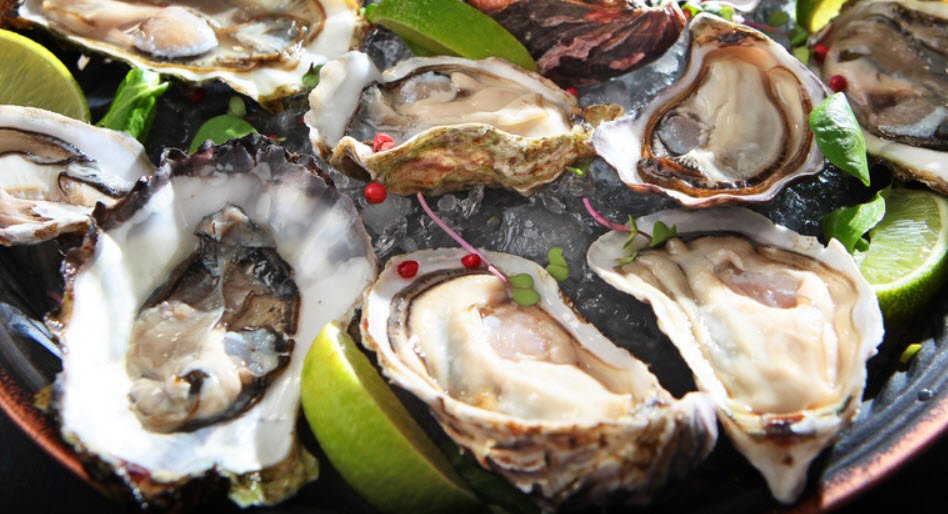
31. Shark
Sharks are apex predators crucial to maintaining the balance of marine ecosystems. They come in various shapes and sizes, showcasing the vast diversity within this species. Unfortunately, sharks are often threatened by overfishing and habitat degradation.
32. Crocodile
Marine crocodiles are formidable reptiles known for their ability to live in both freshwater and saltwater habitats. They are efficient predators and are found in coastal regions of tropical and subtropical areas.
33. Stingray
Stingrays are flattened, cartilaginous fish known for their distinctive shape and long, whip-like tails. While some stingrays possess venomous stingers, they are generally not aggressive towards humans.
34. Coral
Corals are marine invertebrates that form intricate colonies, creating stunning underwater structures known as coral reefs. Coral reefs are vital ecosystems, supporting a vast array of marine life and providing coastal protection.
35. Alligator
Alligators are large reptiles found in freshwater habitats, often associated with swamps, rivers, and lakes. They play a crucial role in their ecosystems, influencing prey populations and acting as indicators of habitat health.
In conclusion, the world’s oceans are home to an astonishing variety of aquatic animals, each with unique characteristics and roles in marine ecosystems. Understanding and appreciating this diverse array of marine life is essential for the conservation and preservation of our oceans and the delicate balance of life within them.
You may also like:- Top 30 Animals Starting With the Letter W
- 15 Poisonous Plants That Pose a Threat to Pets
- 12 Notable Oklahoma’s Diverse Wildlife Animals
- Top 24 Hybrid Animals – Nature’s Fascinating Blends
- Top 20 Tiny Insects – See Photos
- Top 30 Must-See Different Species of Mammals in the World
- Top 24 Fascinating Australian Animals – With Photos
- Top 4 – World’s Fastest And Slowest Land Animals
- List of 25+ Common Wild Animals with Pictures
- The Fascinating World of Black & White Animals

